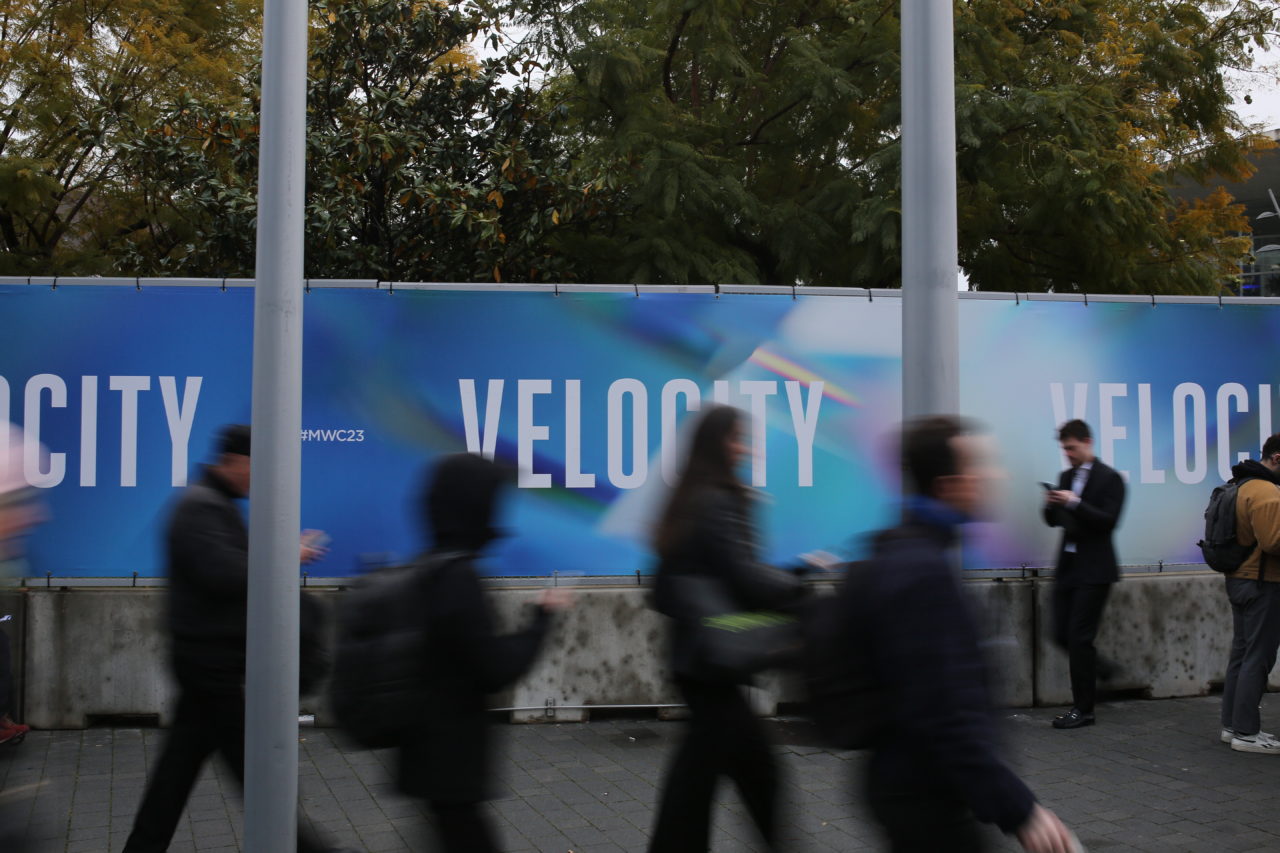MWC’23 – A Return to (Troubled) Normality
In Dickensian fashion, the cellular communications industry – which lies at the heart of this week’s Mobile World Congress (MWC’23) trade show in Barcelona – is experiencing both the best and the worst of times.
The GSM Association (GSMA), which operates the show, claimed almost 90,000 attendees during the week. This is up from a COVID-induced 2021 low of only 20,000 visitors and marks a return to pre-COVID levels. Indeed, some vendors, including those such as Huawei seeking to communicate to a global audience that they are alive and well, deployed a deliberately large presence. At the same time, 2023 saw 5G system subscriber levels pass 1 billion, representing the fastest subscriber penetration rate yet of a new ‘G’. And yet, leaving aside the important topic of geo-strategic competition, there are some troubling signs for the cellular communications industry in clear view: 5G monetization, increasing hyperscaler influence, progress in private 5G, and the value of O-RAN. Let’s consider each of these key trends in more detail.
5G Monetization
The central challenge facing the industry at present is effective monetization of the massive radio access and core network capital investment that has been required to deploy 5G. Some 2 years after the launch of 5G service, the industry has, in effect, only delivered a means by which familiar services – such as YouTube, TikTok, Facebook etc. – are delivered more speedily.
Providing truly novel and in-demand services is the key to unlocking value to 5G subscribers, and consequently to increase operator average revenue per subscriber. And this simply has not happened – yet. Here, target applications include advanced immersive media experiences, highly accurate location services (operating at centimeter-levels of accuracy), and ultra-low latency data flows capable of managing real-time platforms as diverse as autonomous driving modules or port transportation logistics systems.
A critical factor, however, in the slow pace of deploying such new services over complex 5G networks is the lack of harmonized and easy-to-use application programming interfaces (APIs) accessible to developers working at, say, Walmart or Tesla. At MWC’23, GSMA announced the Open Gateway framework initiative which aims to provide a set of common developer APIs that span the industry. Nevertheless, GSMA – which is, at heart, an industry trade association – has a poor record of developing and deploying software specifications of any kind. Better hope lies in efforts such as Ericsson’s attempt to re-direct its Vonage acquisition to expose such APIs, albeit on a propriety basis. Other agile emerging solutions are appearing in the form of startups such as Shabodi (in which SineWave is an investor).
Slow monetization for 5G means, however, limited operator budgets for 5G Advanced and a deep reluctance – other than for reasons of geo-strategic competition – to embrace the ‘sensory’ and ‘sentient’ visons that comprise proposals for 6G and 7G designs. Funding even the migration from the hybrid 4G-5G systems that form the basis of most 5G deployments today towards so-called 5G ‘stand-alone’ or SA networks is proving difficult for many operators. New revenue is critical.
Increasing Hyperscaler Influence
These challenges, combined with a lack of software and service innovation agility, have left cellular operators prone to disruption. And disruption is coming in the shape of hyperscale cloud service providers (CSPs) such as AWS, Google Cloud Platform (GCP) and Microsoft Azure, all of whom had major presences at MWC’23. Cellular operators need access to scalable, efficient cloud infrastructure on which to operate their containerized 5G service-based architecture (SBA) network implementations, but the same CSPs have been acquiring their own capability to execute precisely the same networks. One need look no further than Microsoft’s acquisition of Metaswitch and Affirmed Networks to comprehend CSP objectives. Indeed, AWS makes no secret of their proprietary 5G core network architecture and even of an intention to deploy AWS-sourced radio access network (RAN) components including bundled 5G private radio systems. In short, cellular operators cannot innovate within their own private cloud infrastructure sufficiently quickly to achieve the required cost- and power-savings and this is creating a deep dependency on the very same hyperscale CSPs who intend to be competitors. If sustained, this trend will mean that by the end of the decade, many familiar cellular operators will no longer exist, or will exist in name only.
Private 5G
Another potential source of innovation for the industry is private 5G systems, where the core and radio access networks are deployed by an enterprise to service its own users. Indeed, MWC’23 was packed with private 5G solutions from Nokia, Ericsson, AWS, Cisco, Celona, HTC, Airspan, Ataya and others. Largely based on common commercial-off-the-shelf (COTS) processor architectures from Intel or AMD, such solutions can be brought to market quickly using micro-service-based software architectures. Nevertheless, lacking any application-specific integrated circuit (ASIC) processors, these solutions are power-hungry and expensive. AWS, for example, will rent a single radio unit, serving only a single cell, for a monthly fee of over USD $7,000. Other single cell private 5G solutions can cost in excess of USD $100,000 to purchase. And, usually, real-world deployments require multiple cells. Combined with a lack of available spectrum for private 5G in large parts of the world, IT teams used to enterprise-grade Wi-Fi access points costing less than USD $1,000 will find such cost points highly unattractive. The industry has much work to do to arrive at compelling private 5G solutions.
The Value of O-RAN
Open Radio Access Network (O-RAN) is another domain in which cellular operators are hoping to observe real innovation. Lying within scope even of the U.S. Chips and Science Act, O-RAN is designed to transform network infrastructure vendor interoperability. That is, to make it much easier for the individual components of a 5G network to be sourced from different vendors and yet still ‘just work’. There are important aspects of O-RAN that introduce artificial intelligence (AI) and machine learning (ML) into the network – such as the RAN Intelligent Controller (RIC) – and small vendors are now appearing to provide this software. Nevertheless, O-RAN’s pre-eminent mission is to provide cellular operators with a method to disaggregate single-vendor solutions. No longer need T-Mobile or NTT DoCoMo accept an entire end-end network solution from a single source such as Ericsson or Nokia; rather an operator can swap vendors into and out of its network, and consequently derive leverage during pricing and supply negotiations. While O-RAN has made real progress, some vendors are now placing emphasis in public communication on technology which is O-RAN-like but in fact proprietary. One example is virtual radio access network or ‘VRAN’ technology in the case of Intel. This trend is undermining the credibility of the O-RAN interoperable price efficiency argument. In this sense, the trajectory of O-RAN is following that of the Common Public Radio Interface (CPRI), a technology designed in the early 2000’s to create interoperable cellular radio units. In the case of CPRI, each major vendor executed their own, subtly different and non-interoperable, implementations of the ‘common’ interface, resulting in preservation of vendor walled gardens. While O-RAN may grow in branding significance, its true impact on vendor interoperability pricing remains unclear.
Summary
MWC is truly back, but its parent cellular industry, including its flagship 5G initiative, is struggling to innovate. A new and radically different approach to 5G service provision is needed else cellular operators will be consumed by their hyperscale hosts, and the MWC’27 of 5 years hence will have radically different principal players than the show that just closed.






















